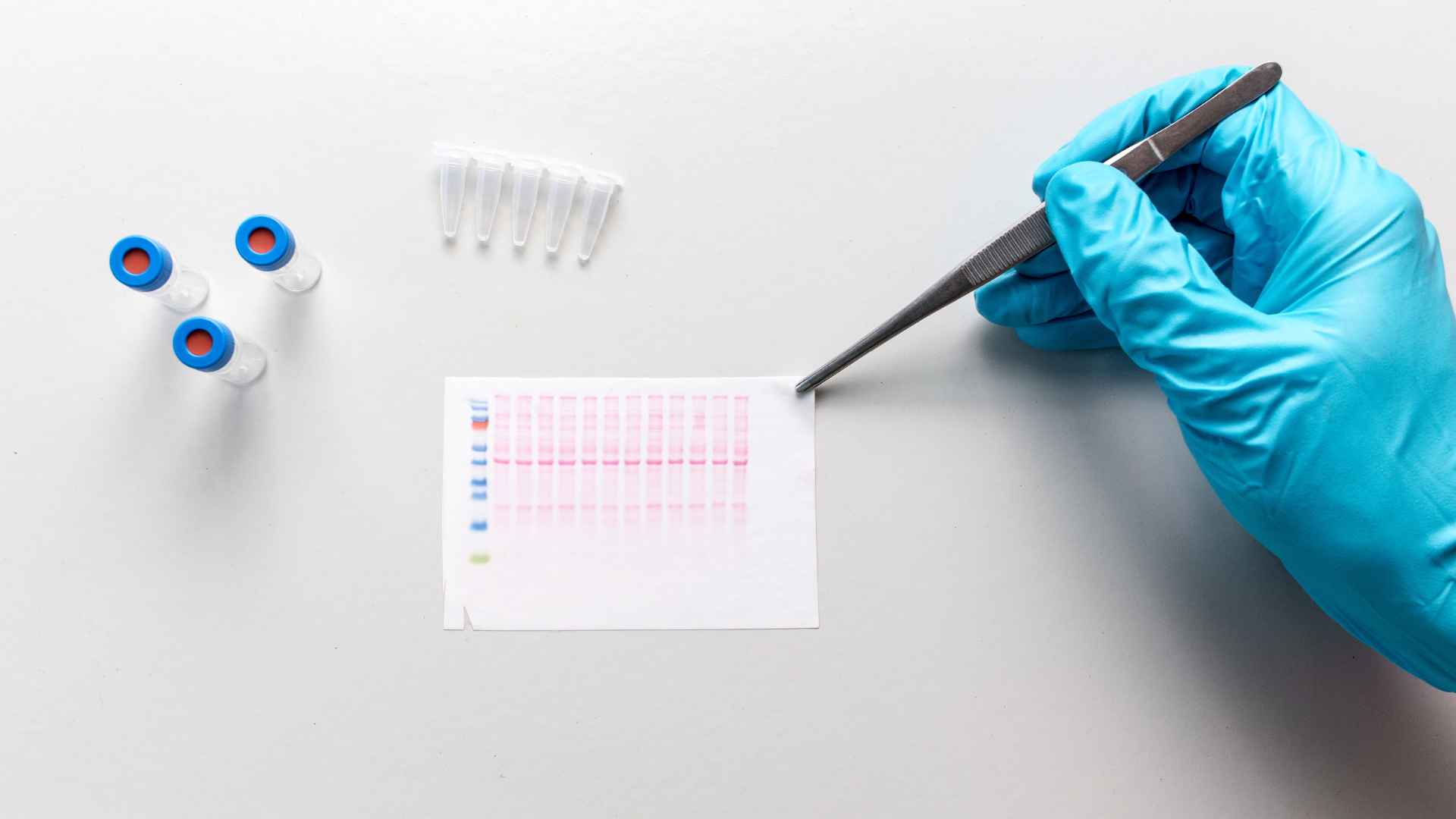In- vitro and in-vivo experiments are used to support medical devices submission to FDA as Investigational device exemption (IDE), Pre market approval application (PMA), PM notification[510(k)], Humanitarian devices exemption (HDE) or other De Novo classifications.
Animal studies protocols Pre submission to FDA is encouraged. Developing devices preserving vasculature in organs used for implantation is not related to cold static storage (serving as a control method) but rather refers to hypothermic or normothermic preservation by machine perfusion.
The safety study requires the procurement of organ from an animal model and the use of test versus control method for preservation and test reperfusion both ex vivo and in vivo. Procurement, Preservation and reperfusion phases are to be specified per the device in development and the animal model should reflect those specifications such as – time for procurement from non-heart beating (warm ischemia time), Time for cannulation until the beginning of perfusion, total expected cold ischemia time and cold flushed protocol and preparation phases preceding reperfusion.
Bacterial contamination should be tested on perfusate at the end of perfusion. Device and Organ robustness with respect to transportation turbulence should be assessed. Organ injury due to transport mechanical trauma should be evaluated and in case of the use of vasodilators, monitoring the effect along time is important.
Ex vivo reperfusion models offer consistent study parameter but differ from in vivo studies by lack of coagulation chain, lack of immune system involvement and physiologic environment (hemodynamic, metabolic, and functional). To test functionality, reperfusion duration should consider half life of organs products. To demonstrate safety (reflecting no reperfusion injury) the organ should be tested on several aspects including molecular, imaging, biomarkers, histology for edema (the heart is prone to edema following hypothermic reperfusion).
The perfusate may be whole blood (FDA recommendation) or supplemented perfusate (sodium bicarbonate, vasodilators) and should be standardized to acceptable parameters before use.
Animal models are relevant for graft survival. Post operative care is mandatory and should follow the clinical protocol including antibiotic and immunosuppressant, clinical monitoring and looking for injury patterns.
This is a summary of GUIDANCE FOR INDUSTRY – Utilizing Animal Studies to Evaluate Organ Preservation Devices – Published on May 8, 2019.






